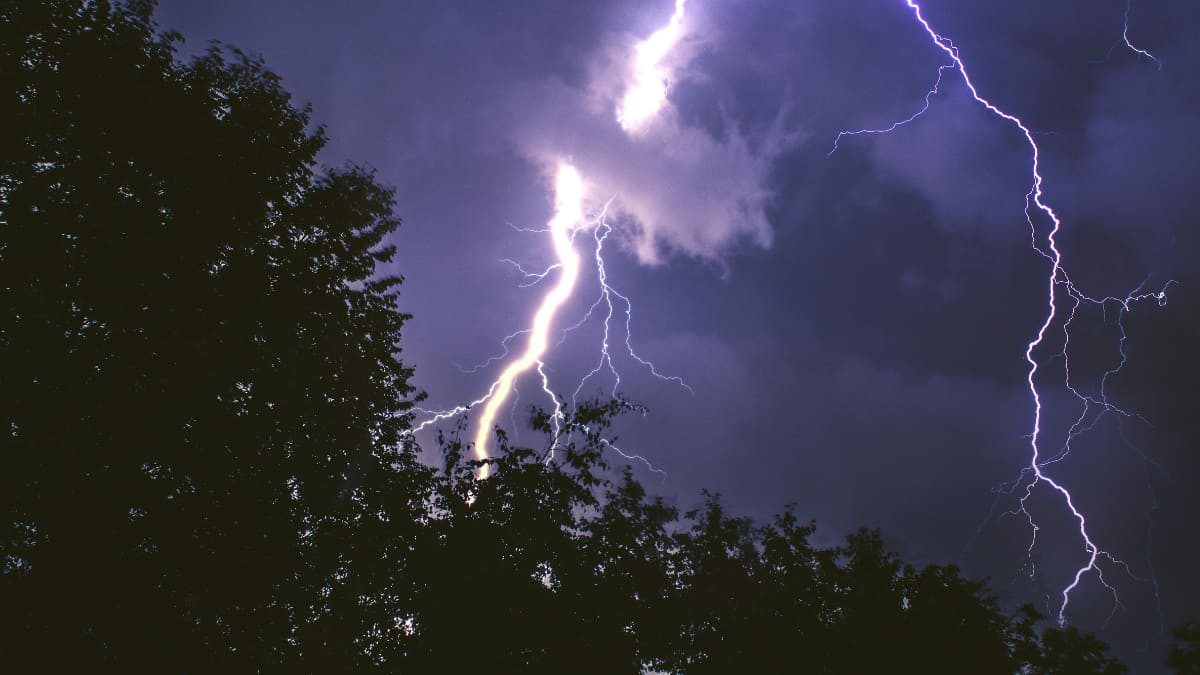In a remarkable meteorological event, Australia was struck by more than 1.1 million lightning bolts on Sunday. The storm activity, primarily concentrated in Central Australia, Queensland, and South Australia, stunned experts with its intensity and reach.
Uluru: Epicenter of Lightning Activity
Uluru witnessed a staggering 719,068 lightning strikes within an 800-kilometre radius, thanks to a massive storm system. Meanwhile, south-east Queensland saw 328,627 lightning strikes, accompanied by heavy rains and severe thunderstorms.
Rare Lightning Activity in Dry Regions
Unusual lightning activity was reported in typically arid areas of Central Australia and South Australia.
“The concentration of storms and lightning in these regions is highly uncommon,” Weatherzone noted, attributing the phenomenon to two separate trough systems over central and eastern Australia.
Storms Disrupt Queensland Events
Queensland bore the brunt of the extreme weather, with heatwave conditions and thunderstorms prompting emergency warnings. Several events were cancelled for safety reasons, including concerts by Sophie Ellis-Bextor and Take That.
On a Dalby bull farm, lightning caused $30,000 worth of hay bales to catch fire, showcasing the destructive power of the storms.
Heatwave Warnings Issued
The Bureau of Meteorology has warned of further thunderstorms and dangerous heatwaves in Queensland’s Cape Peninsula area, urging residents to take precautions as temperatures soar.
Australia’s record-breaking lightning day serves as a stark reminder of nature’s unpredictable power, with experts closely monitoring the evolving weather patterns.






















